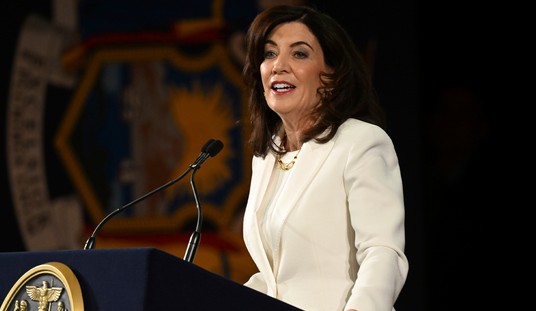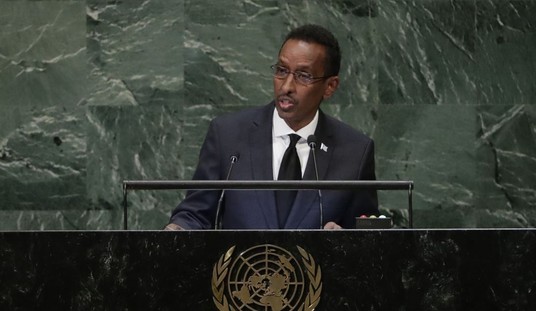A group of academics calling themselves Scholars for Reform recently wrote the Senate to advocate for “filibuster reform.” Their case that any change is necessary is quite weak. More shocking, however, is the fact that they fail even to suggest any particular reform or address the challenge of achieving that goal.
These scholars state that “discussions about the filibuster…should be grounded in the historical record.” They’re right about that. Yet their treatment of that record is a mixture of cherry-picking and misdirection.
They note, for example, that the filibuster “is not original to the Constitution.” True enough, but the Constitution also gives the Senate and the House authority to set its own “rules of proceeding.” In 1806, the Senate dropped, but did not replace, its rule allowing a simple majority to bring up a bill for a vote. As a result, for the next 111 years, ending debate so that the Senate could vote on a bill required unanimous consent, or 100 percent agreement.
The Constitution may not have required a supermajority to end debate, but the Senate repeatedly chose not to change it. According to a report by the Senate Rules Committee, attempts to return to the simple majority rule began in 1841, with a proposal by Sen. Henry Clay (Whig-Ky.).But Clay’s proposal “met with considerable opposition and was abandoned.”
A similar proposal by Sen. Stephen Douglas (D-Ill.) met the same fate in 1850. Subsequent Senates also refused to make that change in 1869 and again in 1873. In 1883, Rules Committee Chairman William Frye (R-Maine) put before the Senate a general rules revision which the Senate considered only after voting to remove a provision that would have reinstated the simple majority rule.
Recommended
The point here is that, from almost the very beginning, the Senate embraced and repeatedly refused to change extended debate as a central feature of the way it would do legislative business. In fact, as the Congressional Research Service explains, it is “one of the Senate’s most characteristic procedural features.” That did not develop while nobody was looking; the Senate long ago chose to keep it that way.
The scholars say that “the Senate does not engage in the robust deliberation, debate, and compromise it once did,” and blame it on extended debate. Yet they ignore the fact that extended debate was part of the Senate’s legislative process during the supposed Golden Age of robust deliberation, debate, and compromise. Today’s threshold of 60 votes to end debate, under which the scholars say that real deliberation is hard to find, is the lowest since the turn of the 19th century.
The scholars claim that the Senate is “the world’s only legislative body with an effective supermajority requirement for common legislation.” They say this because, while a simple majority can pass a bill, a supermajority is required to first end debate on that bill. The scholars give the false impression, however, that every bill requires both votes. While a final vote is necessary every time, a formal vote to end debate is used only when the majority and minority refuse to cooperate. Cooperation is a choice.
Senators choose whether extended debate will be a positive or negative feature of the Senate’s legislative process. They choose whether extended debate will encourage or discourage deliberation and consensus. If there is a filibuster problem today, both the blame and the solution lie with senators, not Senate rules.
Thomas L. Jipping is a senior legal fellow in The Heritage Foundation’s Meese Center for Legal and Judicial Studies.

























Join the conversation as a VIP Member